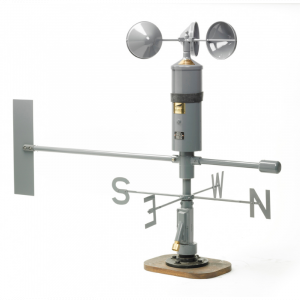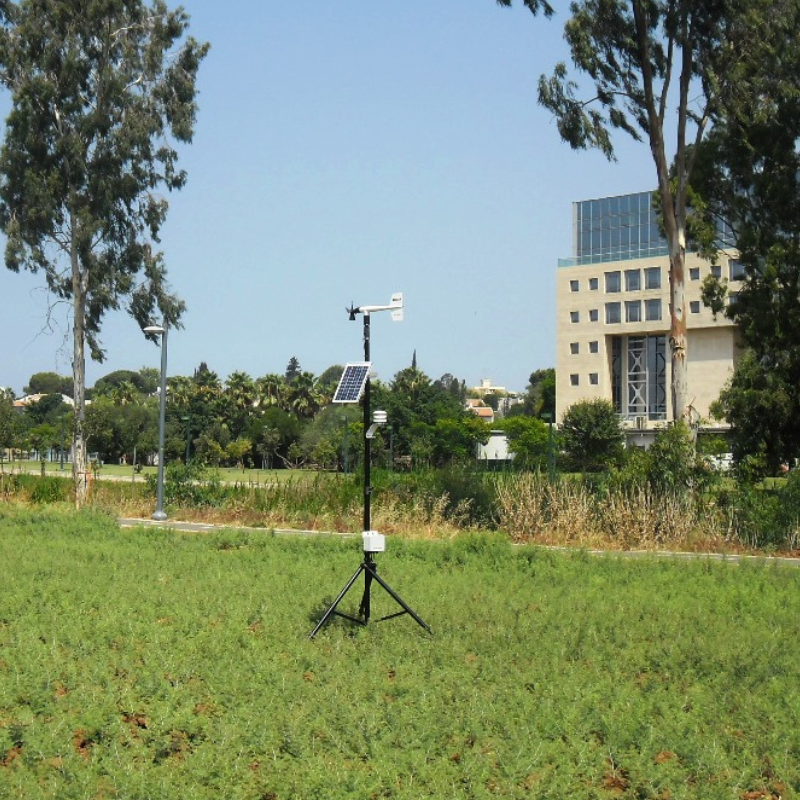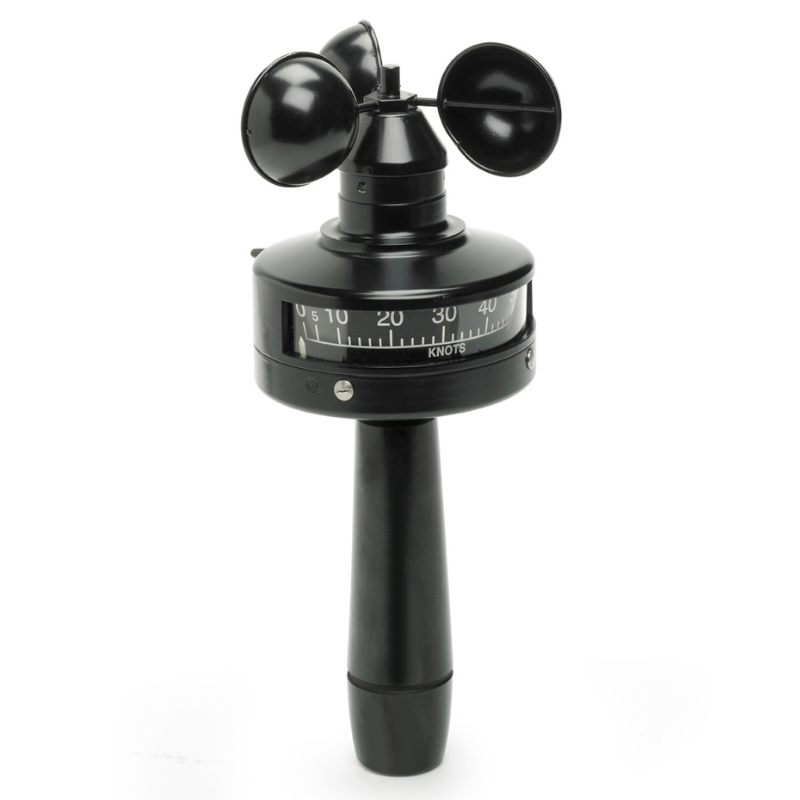Weather conditions can make or break an airport’s operations, affecting everything from flight schedules to passenger comfort. This is where weather stations step in as unsung heroes, quietly working in the background to monitor and report vital meteorological information.

What Are Airport Weather Stations?
Airport weather stations are sophisticated setups designed to provide real-time weather data. These stations include various instruments to measure parameters like temperature, wind speed, and atmospheric pressure, ensuring seamless communication between ground control and pilots.Functions of Weather Stations in Airports
- Monitoring Real-Time Weather Conditions: Constant updates on weather changes are crucial for both ground and air operations.
- Providing Data for Flight Planning: Accurate weather forecasts enable pilots to choose the safest and most efficient routes.
- Enhancing Passenger Safety: By detecting adverse weather, airports can take precautionary measures to avoid mishaps.
Types of Weather Stations Used in Airports
- Automated Surface Observing Systems (ASOS): Designed for larger airports, ASOS provides comprehensive weather data.
- Automated Weather Observing Systems (AWOS): Common in smaller airports, AWOS delivers essential information like wind speed, temperature, and visibility.
- Differences Between ASOS and AWOS: While both systems are automated, ASOS often includes more advanced features like thunderstorm detection.
How Weather Stations Work
Weather stations rely on an array of sensors to gather data. These sensors measure variables such as temperature, wind direction, and atmospheric pressure. The collected data is then transmitted to control towers and made available to pilots and meteorologists. Crucial Weather Parameters Measured- Temperature and Humidity: Essential for understanding heat stress and aircraft performance.
- Wind Speed and Direction: Crucial for safe takeoffs and landings.
- Atmospheric Pressure: Helps predict weather changes.
- Precipitation: Monitored to ensure runway safety.
- Visibility: Assists pilots in maintaining clear sightlines during critical phases of flight.








